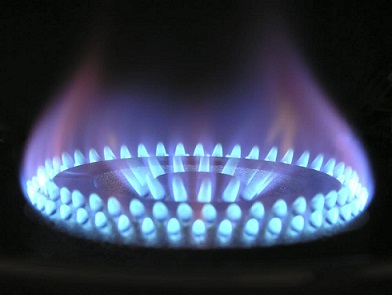The European Union has proposed a plan whereby all member states will cut natural gas consumption by 15% over the next eight months. The plan presupposes that the cuts would be performed by all households, power producers, and industrial entities in all of the member nations.
The proposal comes in response to growing fears that Russia will halt all gas exports to the region as political retaliation for sanctions imposed in response to its invasion of Ukraine. A cutoff would severely impact replenishments of national gas reserves, which are vital for European nations to heat the homes of citizens and businesses in the winter, as well as generate sufficient electricity for their populations. In addition to impacting the ability of populations to keep their homes heated, any cutoff would also have devastating economic impacts, shutting down manufacturing and crippling economies well into next year.
The EU’s suggested reductions in consumption would in total, add up to the yearly gas consumption of all of France. At this stage the plan is voluntary, and there are no requirements to follow the guidelines. However the European Commission on Wednesday put forward a measure by which there would be a mandatory trigger, if conditions of supply deteriorated significantly enough.
The European Commission said in a statement, “The European Union faces the risk of further gas-supply cuts from Russia due to the Kremlin’s weaponization of gas exports. Taking action now can reduce both the risk and the costs for Europe in case of further or full disruption.”
As Vladimir Putin warned that the Nord Stream pipeline could see flow restrictions due to parts trapped overseas by sanctions, European gas prices rose on Wednesday, but then dropped Thursday once the pipeline did reopen.
Commission President Ursula von der Leyen said Wednesday, “I’m confident we can master this Russian-engineered energy crisis by staying together.”
In a statement, Putin warned that there is another part of the Nord Stream pipeline which will need to be removed next week for maintenance. When it is removed, flows will drop to 20% of capacity, until such time as a part which had been trapped in Canada due to sanctions, is delivered to Russia. Presently the pipeline is flowing at 40% of capacity due to the missing part, which has reportedly been released by Canada and is on its way to Germany, to be returned to Russia. State energy company Gazprom has also noted, it will need full documentation for the part, to certify the part’s installation, and so far it has not received any of the paperwork associated with it.
It is estimated a cutoff of Russian gas supplies would potentially reduce the EU’s GDP by as much as 1.5%, if the winter is colder, and the bloc takes no measures to conserve fuel. If the winter is average in temperature, it is estimated a cutoff would reduce GDP by 0.6%-1%.
During the briefing, the Stoxx 600 index dropped by as much a 0.6%, while European gas futures appeared unchanged.
If Russia cuts off gas supplies in July, that would leave European stockpiles at between 65% and 71% capacity at the start of November, well below the 80% target, leaving a gap of roughly 30 billion cubic meters of gas. It is estimated with normal weather conditions, those reserves would run out by April in several member states.
Simone Tagliapietra, a researcher at the Bruegel think-tank in Brussels said, “EU member states must now adopt the proposed gas demand-reduction targets and make comprehensive efforts to reduce demand wherever possible. Governments must ask people to consume less and should have the courage to tell their citizens that Europe is in the midst of what possibly represents the greatest energy crisis in its history.”
It is expected the EU will seek the required approval from member states for the plan as soon as next week, when it will hold an emergency meeting of energy ministers. However there is a significant bloc which opposes any mandatory cuts, saying instead nations should be allowed to enact their own emergency plans.

